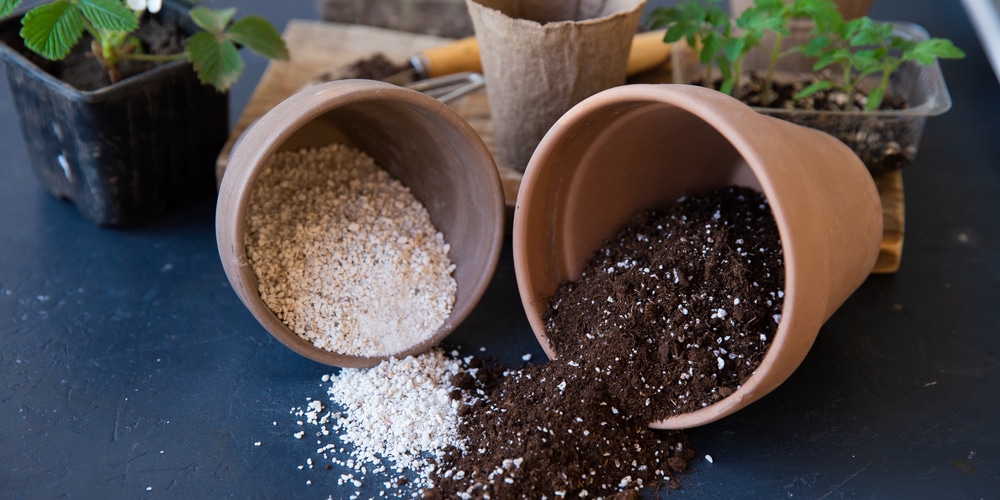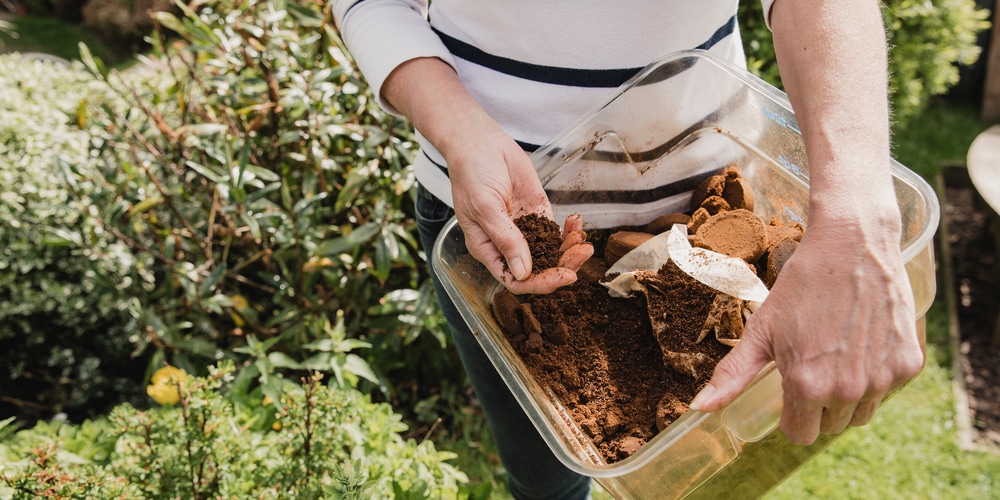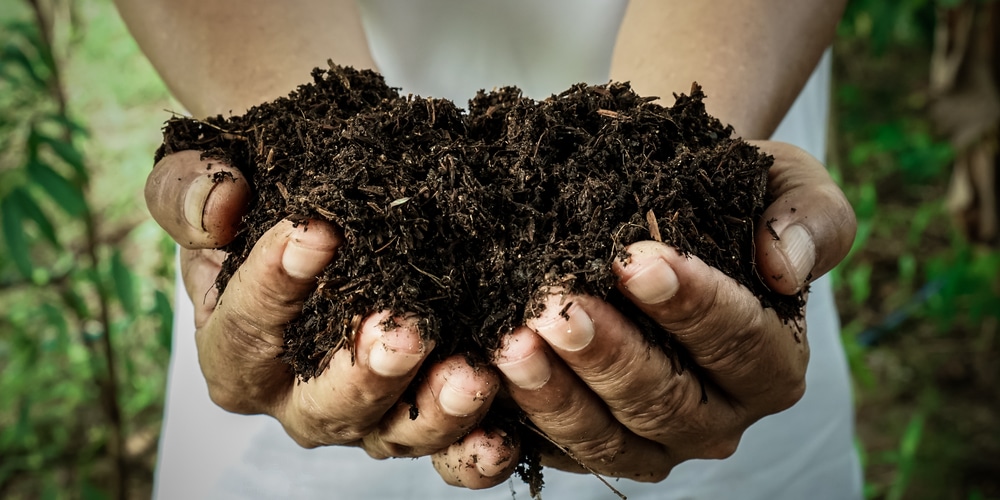Ensuring the pH of your potting soil suits your plants’ needs is crucial for healthy growth. Luckily, it is possible to change the pH and make it either more alkaline (high pH) or acidic (low pH). Indeed, soil that is too alkaline might cause your plants to suffer, especially if they need nutrients available in acidic soils. If your plants prefer an acidic environment, don’t worry. With this essential guide, you’ll learn all the tricks and tips about how to lower soil pH in potted plants.
What is the pH Scale?
Before getting into how to lower the soil pH in potted plants, it might be a good idea to understand what pH stands for. For starters, the two letters refer to “potential hydrogen.” Thus, the scale measures the number of hydrogen ions present in the environment. The higher the number of hydrogen ions, the more acidic, and the lower the pH number. Substances on the lowest or the highest end of the scale can damage cells and organic material. For this reason, soil pH can have a direct impact on plant nutrition.
The good news is that keeping track of the acidity and alkalinity of your potting soil is not particularly hard: you can measure the pH of your soil with a pH meter. By testing it every couple of weeks, you’ll be able to find the most optimum conditions for your plants.
How to Lower Soil Ph in Potted Plants
The majority of plants thrive in environments that are between 5.5. and 7 in pH. These conditions make nutrients easily accessible and richer. If you notice your plant is struggling to grow, there might be something wrong with the soil.
To make your potting soil more acidic, you can use organic materials such as fresh coffee grounds, peat moss, compost mulch, or sulfur. Now, let’s look at how you can use such materials to lower the pH of your soil.
Peat Moss
A popular method to make the soil more acidic is to use peat moss. However, keep in mind that this solution might take a while to show results. If you are in a hurry, you should choose another method. Peat moss will slowly release its acidity into the soil for six months. But you might have to wait one month before noticing any changes. Add two to three inches to the top of the potting soil. Remember to mix it into the layers underneath.
Keep the pH under control for the next three weeks and monitor the acidity. While peat moss is an effective and easy-to-use soil amendment, it can get costly for gardens. Plus, it is losing popularity for not being as renewable as other materials.
Coffee Grounds
The reality is that despite what you may think, coffee grounds don’t help much in lowering the soil’s pH. However, they add nitrogen, which can help if your plant needs nutrients. Thus, they are a good option for making slight adjustments to pH over time. Instead, to make the soil more acidic, you can water your plants with leftover coffee diluted with some water.
Compost
Compost can help lower soil pH. However, using the appropriate materials is crucial. For instance, oak leaves and pine needles are acidic when fresh. But if added to the soil, they will make it close to neutral in pH. A better material is pomace, an acidic compost that will make a considerable difference in your soil’s pH. Add it carefully and avoid overdoing it, as it might make the soil too acidic. Furthermore, remember to mix these materials attentively with the potting soil to prevent them from breaking down and becoming quickly neutral.
Elemental Sulfur
If you need to make considerable changes to the soil’s pH, elemental sulfur should be your solution. You can buy it from most garden centers, and it will help you lower the pH by more than half a point. When applying it, remember to disperse it through the soil and mix it thoroughly to avoid creating acidic areas that will not affect your plant’s health. For best results, use elemental sulfur in the summer (when the soil is warm and bacterial activity is high). Plus, keep in mind that this is not a quick fix. However, if you can wait, the results will be worth it.
How To Lower Soil Ph in Potted Plants: Conclusion
So now that you know all the tips for lowering your soil pH, there is no excuse to have unhealthy plants. Monitor changes before switching to another method, and be patient.


